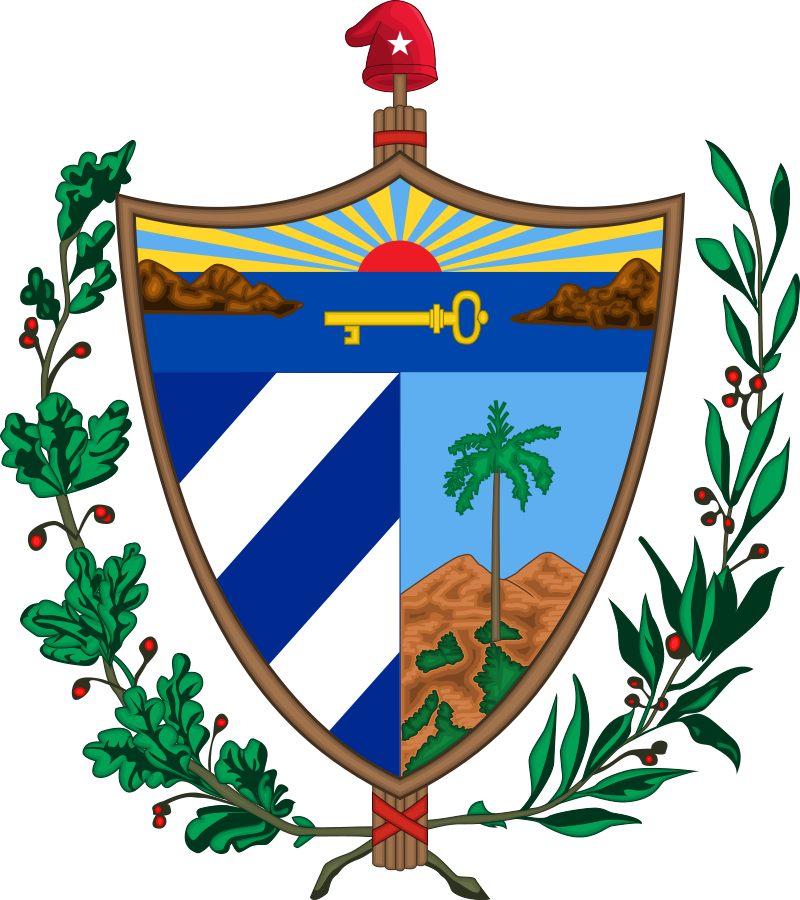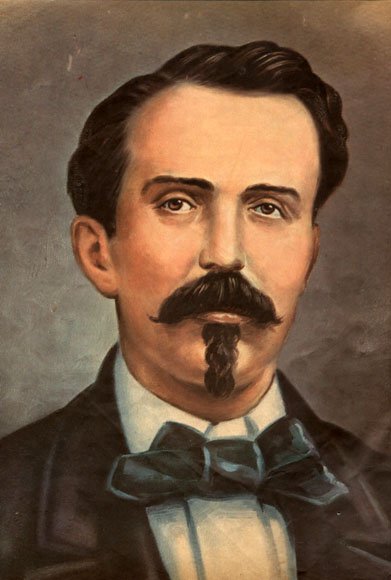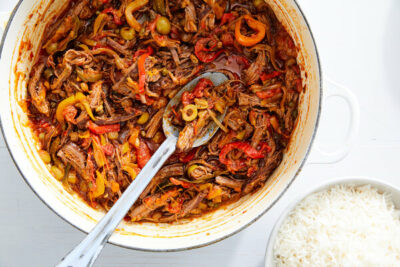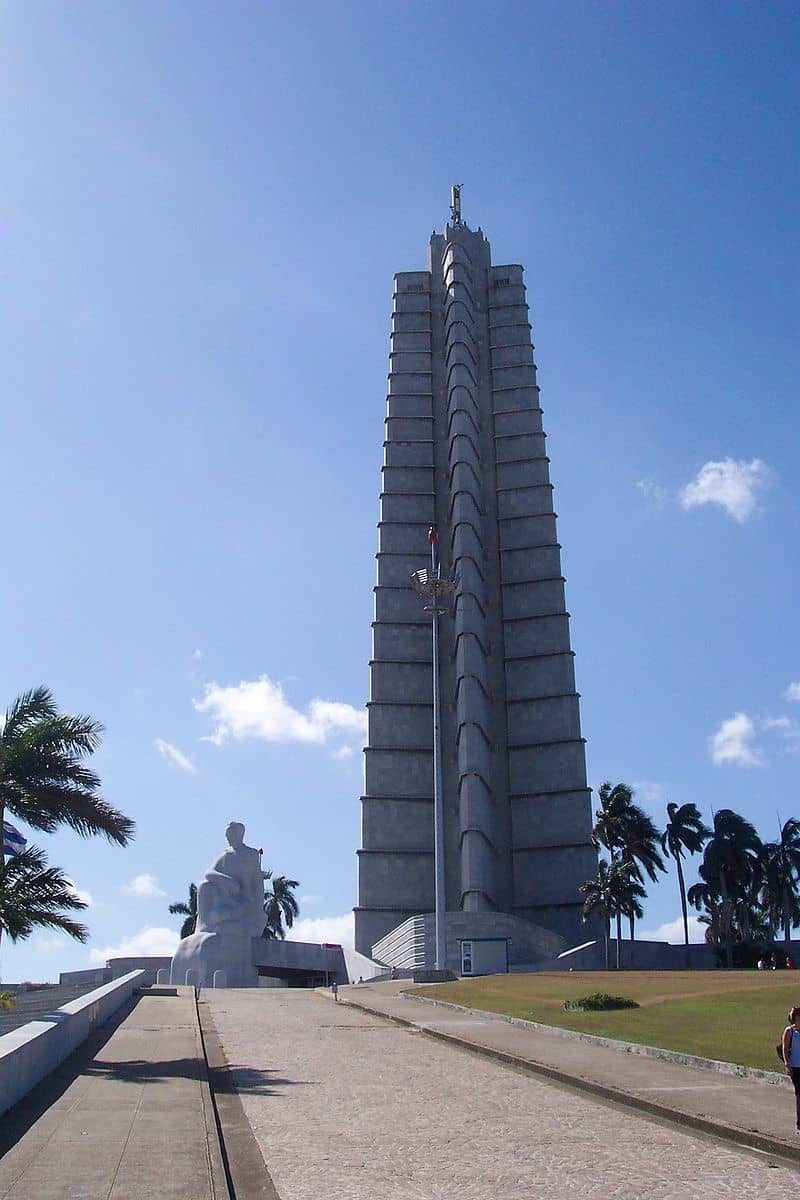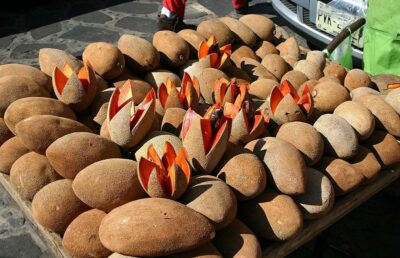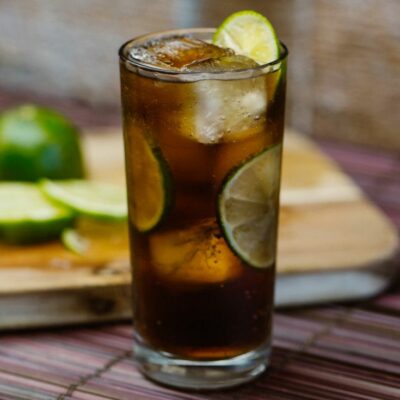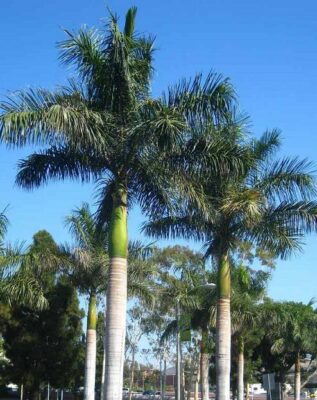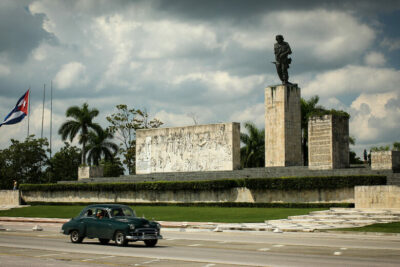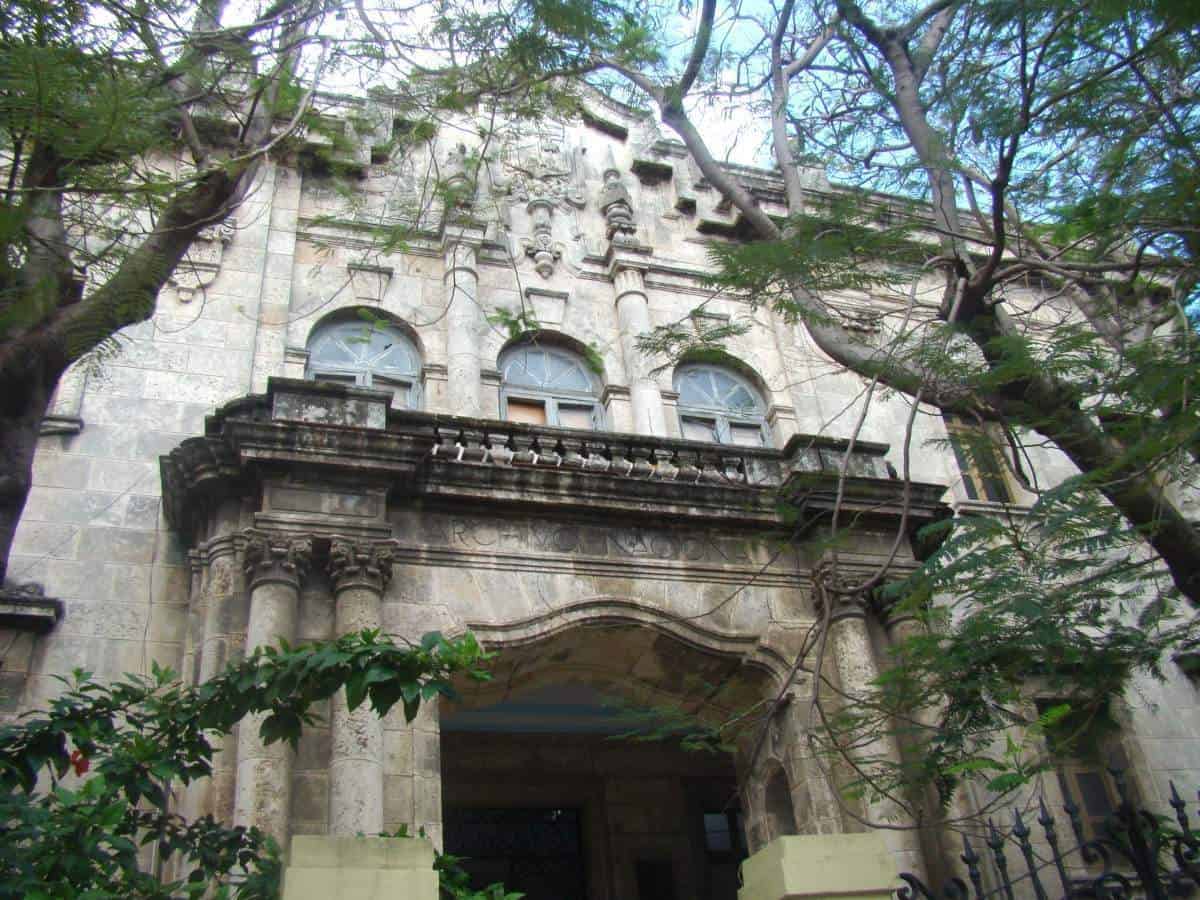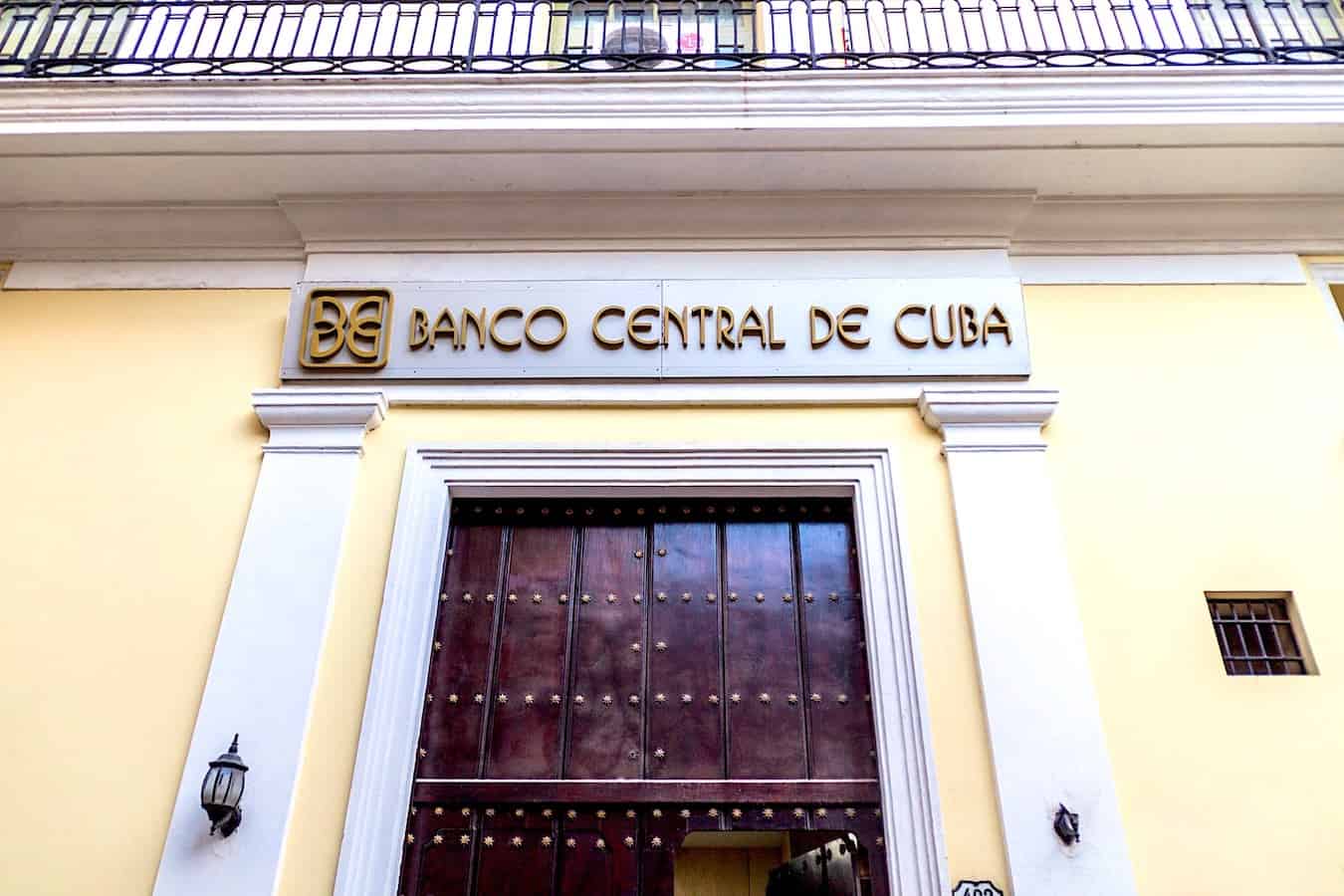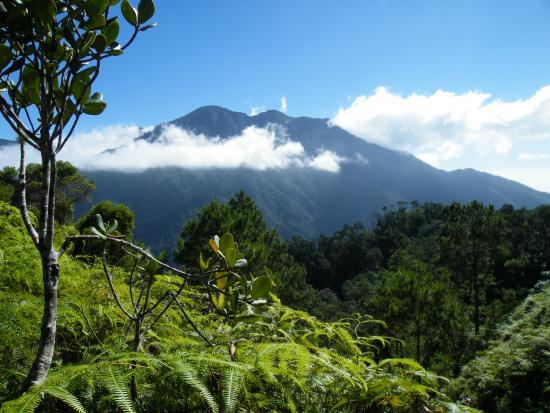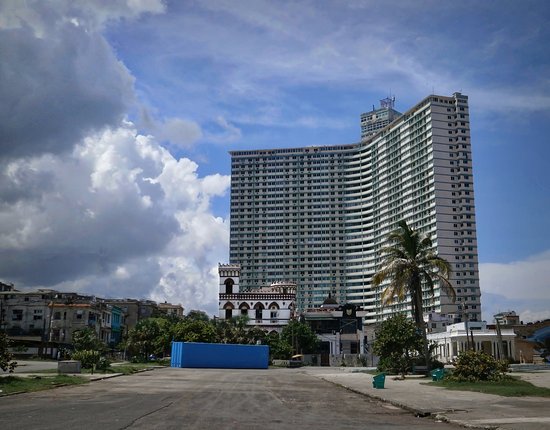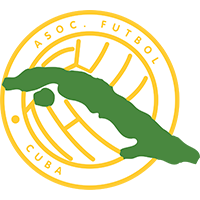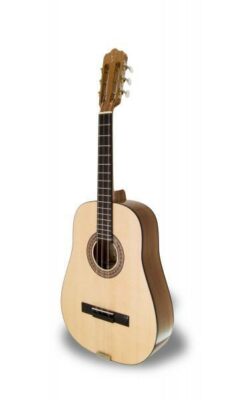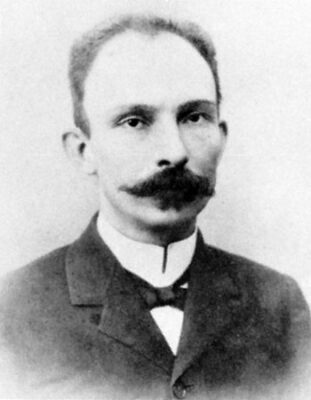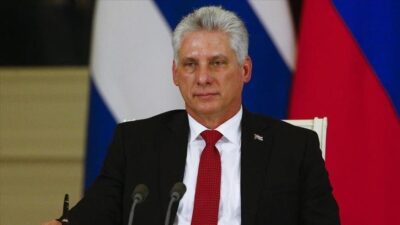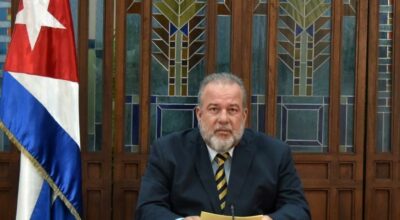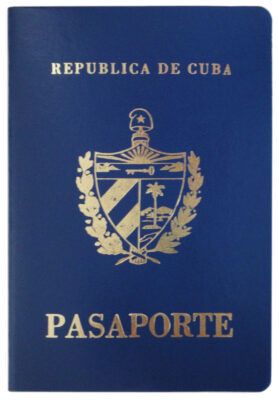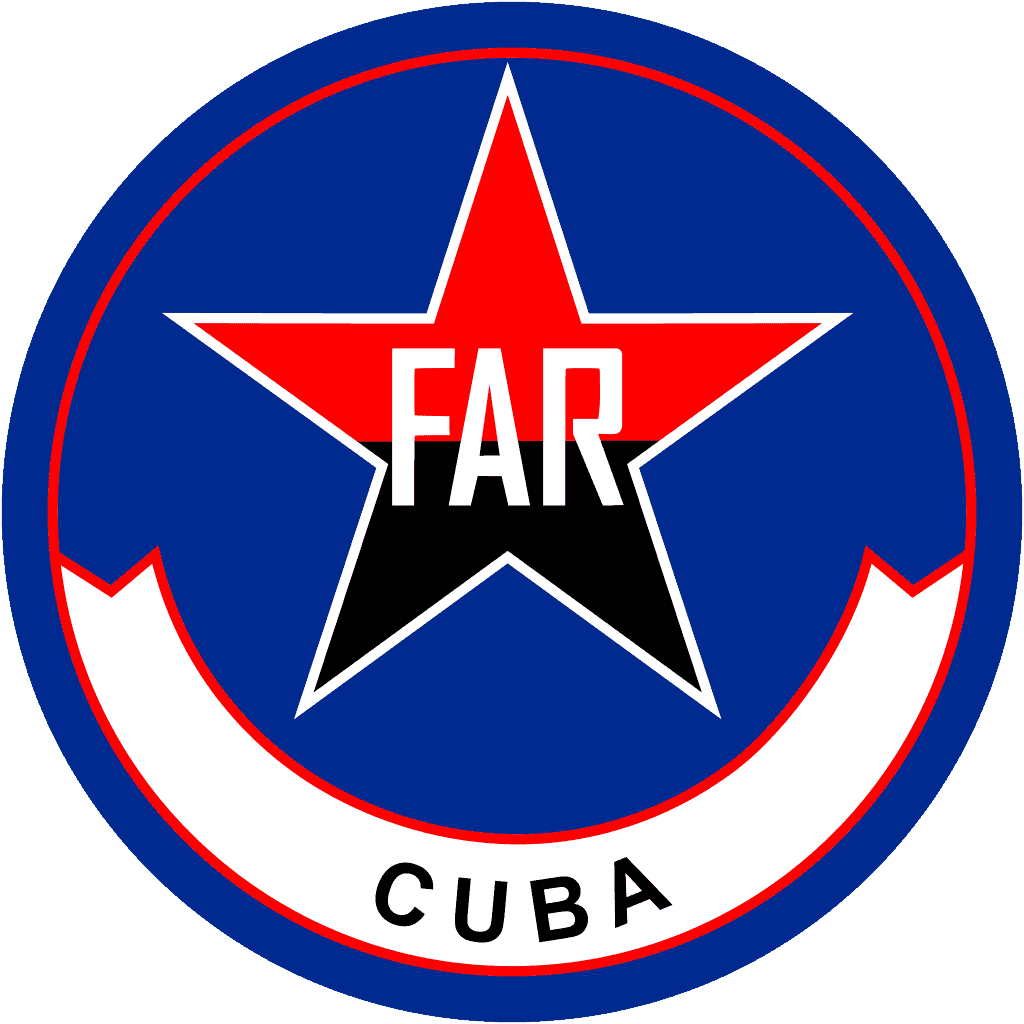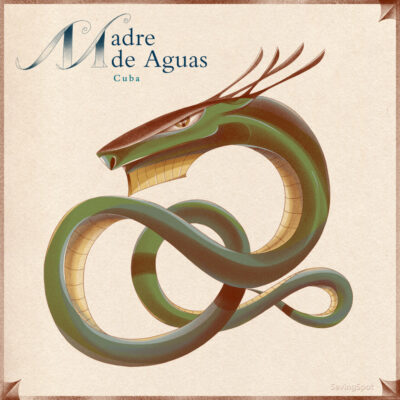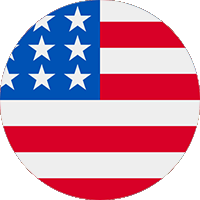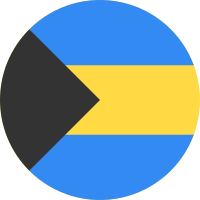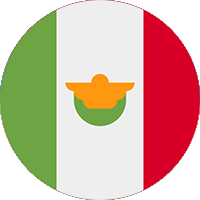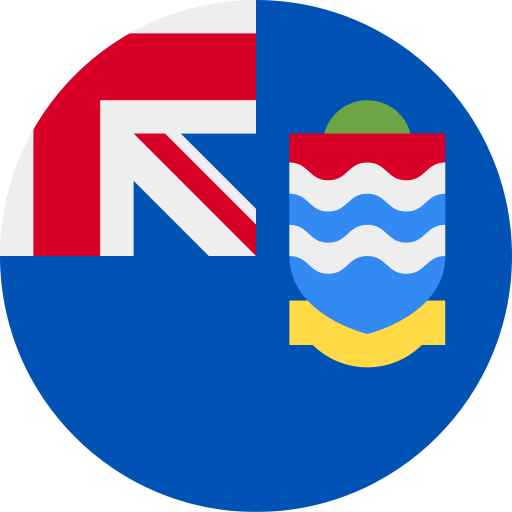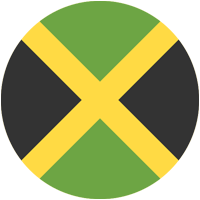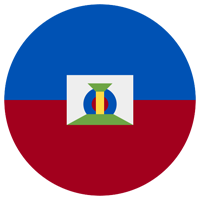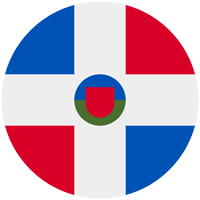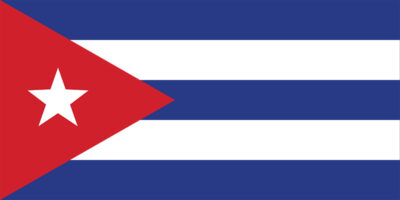National Symbols of Cuba
Last updated on August 19th, 2023 by Editorial Staff
Table Of Contents
By | Updated on August 19, 2023
Reviewed by Rittika
Cuba is a country in North America. The official name of Cuba is the Republic of Cuba. It shares borders with 7 countries: the United States of America, the Bahamas, Mexico, the Cayman Islands, Jamaica, Haiti, and the Dominican Republic. The people of Cuba are called Cubans. The country is situated 150 kilometers south of Key West, Florida, on an island in the Caribbean between the Caribbean Sea and the North Atlantic Ocean.
Etymology discusses where a term is considered to have originated from and how its meaning has changed over time. Etymology has been a factor in the naming of countries all across the world, and Cuba has also been influenced. The etymology of Cuba can be defined as; First bestowed by Christopher Columbus as Cabo de Cuba (the modern Punta de Mulas) after a supposed local settlement named “Cuba”.
An ethnicity is a group or sub-group of people who are connected based on common characteristics which may include religion, origin, language, traditions, or culture. The ethnic groups in Cuba include European Cubana, Mulatto, or Mixed Afro-Cuban.
Cubana de Aviación is the national airline of Cuba. The national colors of the country are blue, white, and red. The emoji flag of the country is ????????, and the ISO code is CUB.
Cuba is known for its cigars, Salsa and other Cuban dance styles, and classic American cars. The national dish of Cuba is Ropa vieja. Cuba libre, in addition to being a traditional beverage, is one of the country’s national drinks. The national instrument of Cuba is Tres.
The country has the time zone UTC−5 (CST) followed by yyy/mm/dd as the standard date format.
Cuba is divided into 16 provinces. The capital of the country is Havana, which is also the largest city in Cuba.
The literacy rate in Cuba is 99.8%.
The country’s total area is 109,884 km² (42,426 sq mi), and the total population is 11,326,616. The country’s average elevation is 108 m (354 ft), whereas the country’s terrain can be defined as; Mostly flat to rolling plains, with rugged hills and mountains in the southeast. The country’s usual climate is tropical; moderated by trade winds; dry season (November to April); rainy season (May to October).
The area of land next to a sea is called the coast, and a coastline is defined as the line where land and sea meet. Cuba has 3,735 km of coastline.
The Cuban Peso serves as the national unit of currency, and the Central Bank of Cuba is recognized as the country’s central bank. The domain for Cuba is .cu and the country code is +53. is the country’s coat of arms.
Museums are known to educate and connect visitors with the nation’s history, culture, civilization, art, and architecture. The Museo Nacional de Historia Natural de Cuba serves the same purpose and is considered one of the most significant tourist attractions. The Museo Nacional de Historia Natural de Cuba is home to a large collection of artifacts. It has been designated as the national museum of the country.
The national dress of Cuba is the Guayaberas, and 10 October is designated as National Day. In Cuba, the majority of the population practices Christianity, and Folk as their religion.
Nature is a blessing from God and we must protect it because it provides us with the oxygen and food to survive. It also helps to keep our environment beautiful and clean. To emphasize the significance of nature, Cuba has selected a few forces of nature as national symbols. Cuba’s national bird is the Cuban trogon, while its national animal is the Cuban Trogon. The national flower is Butterfly Jasmine, whereas Mamey sapote is the country’s national fruit. The national tree of Cuba is the Royal Palm, and the highest peak is Pico Turquino.
Mythical creatures can be found in the literature and mythologies of many different nations. They represent imaginative representations of various creatures, humans, or hybrids. They are known for their specific features, supernatural abilities, and distinctive appearance. The mythical creature of Cuba is Madre de Aguas.
Sports have always played an important role in developing the social and cultural structure of Cuba and other countries. When it comes to designating a sport as the official symbol, Baseball is considered the country’s national sport.
Poetry is a highly valued form of art, and many poets are considered significant national symbols of the country. The national poets of Cuba are José Martí, Lezama Lima, and Nicolás Guillén.
Carlos Manuel de Céspedes is the founder of Cuba. The country’s national anthem was written by Perucho Figueredo, and composed by Perucho Figueredo.
Mausoleums are buildings dedicated to holding someone’s remains. It serves as a reminder of the nation’s revolutionary fighters who sacrificed their lives for the country. Mausoleums are one of the most significant historical landmarks. The national mausoleum of Cuba is Che Guevara Mausoleum. The country’s national hero is José Julián Martí Pérez.
Due to their unique qualities and rich cultural or historical backgrounds, national monuments around the world are of great importance. José Martí Memorial and Plaza de la Revolución is recognized as the national monument of the country. It attracts visitors from all around the world.
Numerous organizations are working on a global level to improve the current state of affairs and to collaborate in order to establish and maintain constructive partnerships. Cuba is a member of the United Nations (UN). Cuba collaborates with them to organize, analyze, and address various events and situations.
The tourism slogan of the country is “Autentica Cuba” whereas, “Patria o Muerte -“Fatherland or death” is the official motto of the country.
Manuel Marrero Cruz is the current Prime minister of Cuba, and Miguel Díaz-Canel is the President.
Cuba has declared Spanish as the country’s official language.
– Learn about Cuba flag color codes and their meanings –
– Further information regarding the symbols and knowledge of Cuba can be found in the table of contents –
Country information
Coat of arms
Flag map of Cuba
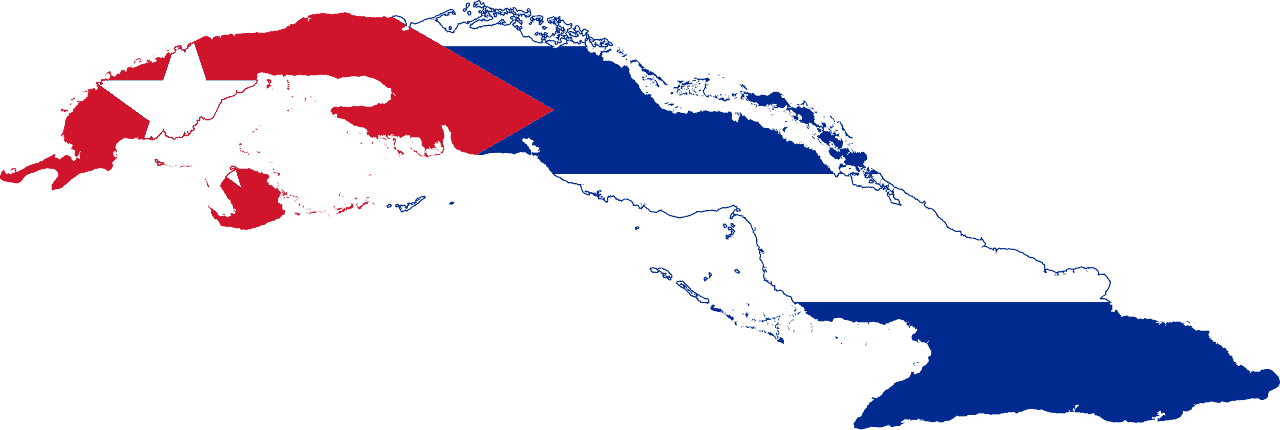
Motto of Cuba
Patria o Muerte -"Fatherland or death"
National animal of Cuba
The National animal of Cuba is Cuban Trogon
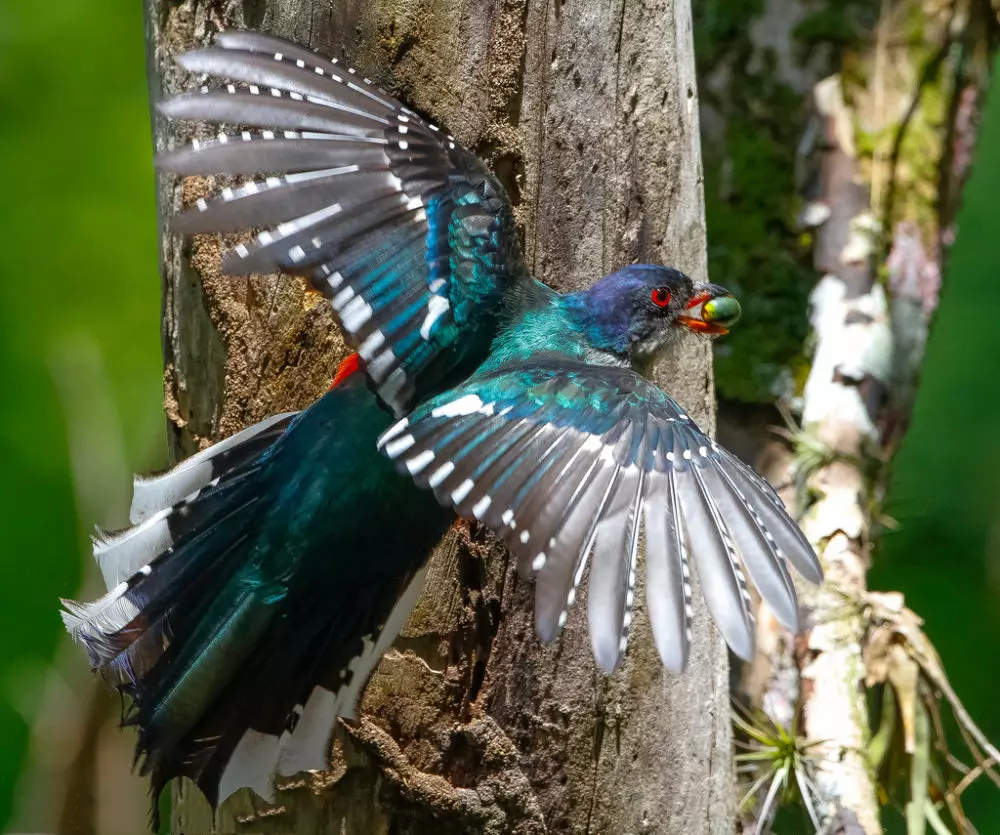
National flower of Cuba
The National flower of Cuba is Butterfly Jasmine. Botanical name is White Mariposa.
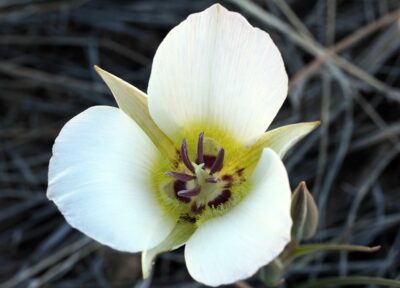
National bird of Cuba
The National bird of Cuba is Cuban trogon
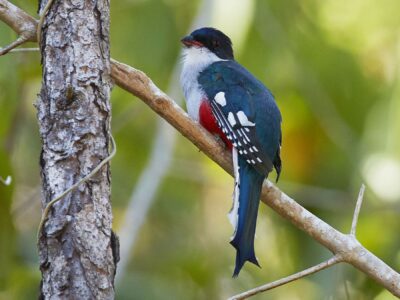
Rest of the National symbols of Cuba 👇
-
FounderCarlos Manuel de Céspedes
-
National dishRopa vieja
-
National danceDanzón
-
National dressGuayaberas
-
National monumentJosé Martí Memorial and Plaza de la Revolución
-
National anthemView Anthem
-
National fruitMamey sapote
-
National drinkCuba libre
-
National colorsblue, white, and red
-
National sportsBaseball
-
National treeRoyal Palm
-
National poetJosé Martí, Lezama Lima, Nicolás Guillén
-
National mausoleumChe Guevara Mausoleum
-
National archivesArchivo Nacional de la República de Cuba
-
Central BankCentral Bank of Cuba
-
Highest peakPico Turquino
-
Tallest buildingFOCSA Building
-
National football teamCUB
-
Tourism sloganAutentica Cuba
-
Emoji flag????????
-
National airlineCubana de Aviación
-
National instrumentTres
-
National heroJosé Julián Martí Pérez
-
PresidentMiguel Díaz-Canel
-
Prime MinisterManuel Marrero Cruz
-
Olympics CommitteeComité Olímpico Cubano
-
PassportPassport of Cuba
-
NavyCuban Revolutionary Navy
-
Air ForceCuban Revolutionary Air and Air Defense Force[
-
Mythical CreatureMadre de Aguas
Neighbouring countries of Cuba
Cuban Proverbs - Popular quotes, proverbs and sayings.
Seven sons of one mother, and each one of a different mind. You cannot distinguish between a drunken man and a mad man until they have slept. Cheese, wine, and a friend must be old to be good. A lie runs until truth catches up to it. Faces of men we see but not their hearts. The best of hunters lies more than he hunts. How can you trust anyone who doesn’t know how to blush? Do not be excessively timid or excessively confident. There’s no agreement under pressure.
Compare Cuba with other countries
Compare Cuba with its neighbours
- Vs. United States of America
- Vs. Bahamas
- Vs. Mexico
- Vs. Cayman Islands
- Vs. Jamaica
- Vs. Haiti
- Vs. Dominican Republic
